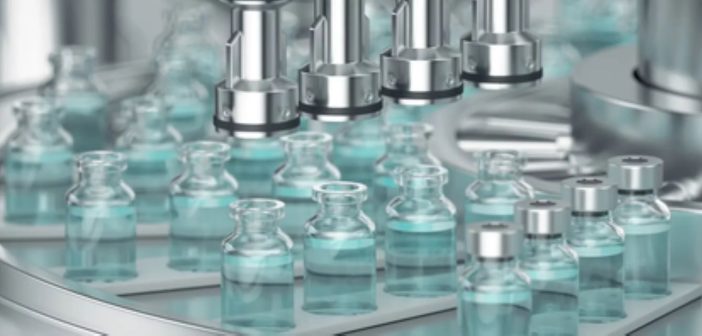India’s pharmaceutical and medical devices sector has achieved a landmark Foreign Direct Investment (FDI) inflow during the financial year ending March 31, 2025, surpassing USD 2.29 billion. The total includes inflows of USD 1.42 billion recorded from April to December 2024 and approvals of 13 FDI proposals for brownfield projects amounting to USD 870 million. These figures, compiled by the Department of Pharmaceuticals, highlight the sector’s growing appeal to global investors and underline India’s efforts to position itself as a major hub for pharmaceutical and medical manufacturing.
The government’s Production Linked Incentive (PLI) Scheme has been at the forefront of this success, acting as a transformative policy initiative that boosts domestic manufacturing, attracts substantial investments, reduces reliance on imports, and drives export growth. According to an official statement, the scheme has exceeded targeted investments, signifying its effectiveness in strengthening India’s pharmaceutical landscape.
One of the remarkable achievements under the PLI scheme has been the realization of investments surpassing initial commitments. While an initial commitment of USD 473 million was pledged, actual investments have already reached USD 511 million as of December 2024, showcasing the enthusiasm and confidence among stakeholders in the sector.
Under the PLI scheme for bulk drugs, a total of 48 projects were selected, of which 34 projects have already been commissioned, addressing the need for 25 essential bulk drugs. Among the notable projects is the Penicillin G Project in Kakinada, Andhra Pradesh, which involves an investment of USD 229 million and is expected to achieve annual import substitution valued at USD 323 million. Another significant undertaking is the Clavulanic Acid Project in Nalagarh, Himachal Pradesh, which entails an investment of USD 54 million and is projected to generate import substitution of USD 72 million per annum.
The Union Cabinet approved the PLI Scheme for Pharmaceuticals on February 24, 2021, with a financial outlay of USD 1.75 billion, covering production from FY 2022-2023 to FY 2027-28. It provides financial incentives to 55 selected applicants manufacturing high-value pharmaceutical products across three categories for a period of six years. These products include patented and off-patented drugs, biopharmaceuticals, complex generics, anti-cancer drugs, and auto-immune treatments, ensuring a diversified and globally competitive pharmaceutical manufacturing base.
The initiative seeks to reduce India’s import dependence on Key Starting Materials (KSMs), Drug Intermediates (DIs), and Active Pharmaceutical Ingredients (APIs), thereby addressing vulnerabilities in the supply chain. By encouraging production and innovation, the scheme strengthens domestic manufacturing capabilities and enhances global competitiveness.
In addition to pharmaceuticals, the PLI Scheme for Medical Devices has been instrumental in supporting domestic manufacturing of high-end medical equipment while curbing reliance on imports. With a financial outlay of USD 410 million, the scheme spans FY 2020-21 to FY 2027-28 and incentivizes companies at a rate of 5 percent on incremental sales of medical devices manufactured in India. It targets key product segments such as radiology, imaging, cancer care, and implants, aiming to elevate India’s standing in the global medical devices market.
The Indian pharmaceutical industry continues to play an essential role in producing high-quality, cost-effective medicines for domestic and international markets. It is recognized for its dominance in branded generic medicines, competitive pricing, and robust network of indigenous brands. This reputation has positioned the country as a reliable partner in global healthcare delivery while bolstering India’s economy through pharmaceutical exports.
The success of the PLI schemes and sustained FDI inflows underline India’s commitment to fostering innovation, reducing external dependencies, and building an ecosystem that supports long-term growth in pharmaceuticals and medical devices. As the nation continues to embrace transformative policy measures and technological advancements, the sector is set to achieve even greater milestones in the years ahead.





